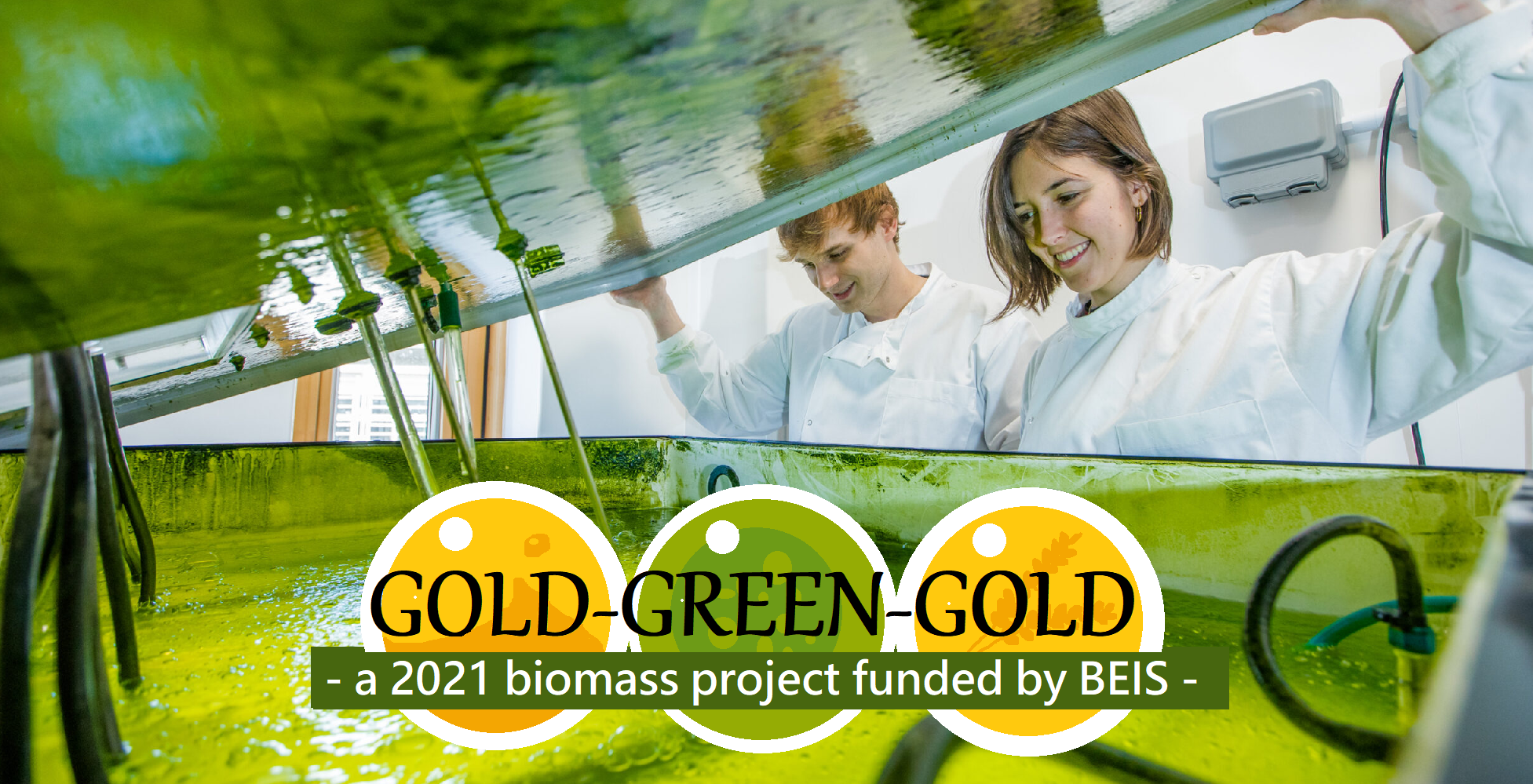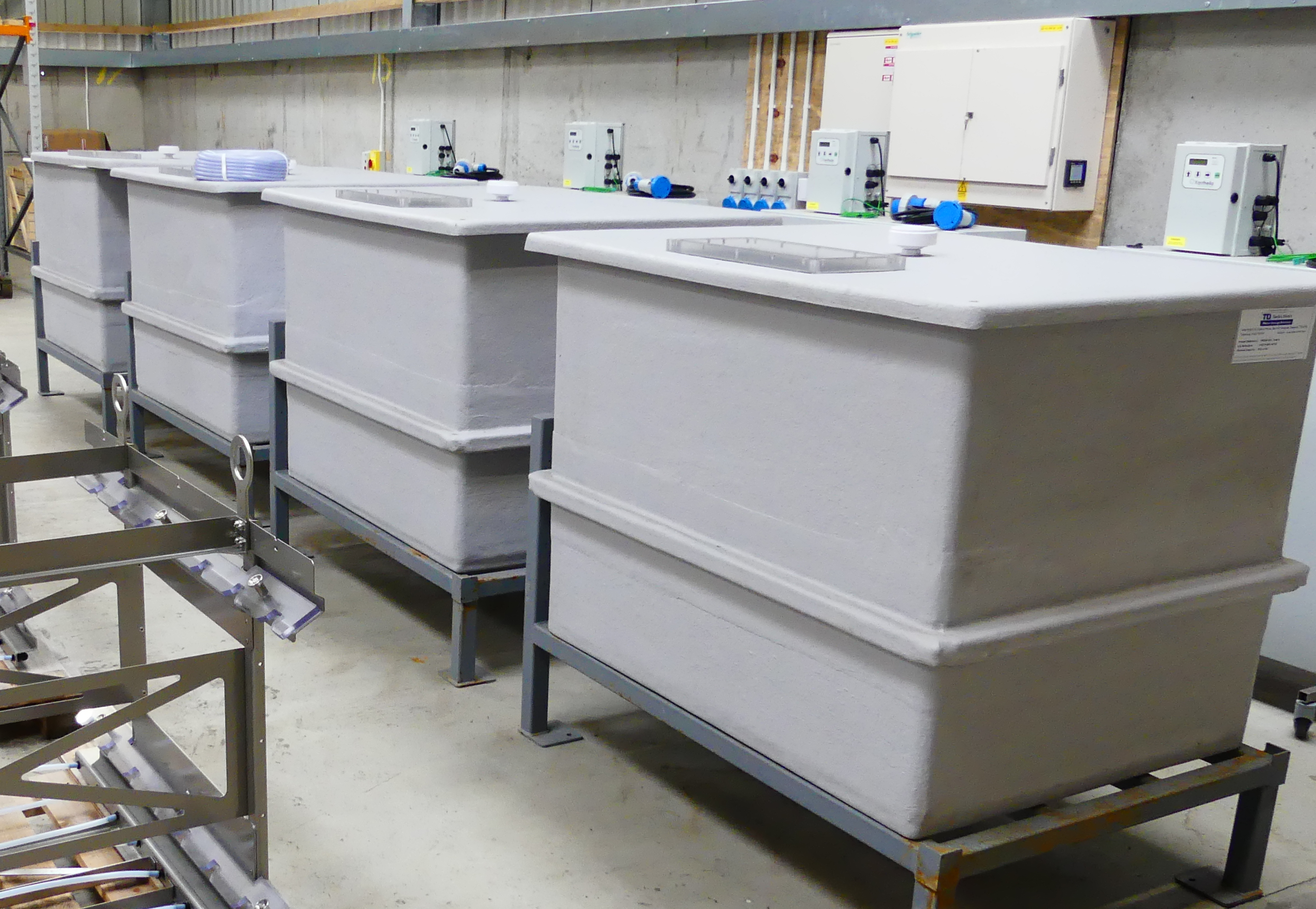
Microalgae as a path to net zero distillation
Whisky and renewables are two of Scotland’s flagship enterprises, but perhaps not an obvious duo for microalgae production. Whisky distillation is currently releasing unacceptable levels of carbon dioxide into the atmosphere, and while we have extensive infrastructure in place for renewable energy in place its yield can be uneven at best. With modern carbon capture technology the former problem can become a product, and in algal production intermittency is not a hurdle that need be overcome.
This project involves the planning, building, and testing of an array of photobioreactors, attached to a renewable power source, within the immediate vicinity of an active distillery alongside carbon capture technology to allow processing of waste CO2 with minimal transport cost into a useful product. The arrays must not interfere with the distillery’s main production, nor draw resources away from the primary product; it must provide efficient carbon sequestering and viable, easily grown microalgae.
Gold:
Whisky is produced via the fermentation of barley, with large quantities of heat and carbon dioxide released during the process.
Green:
The CO2 and heat can be captured and used in localised production of microalgaes, with light provided intermittently from renewable energy. Any species of microalgae that grows in normal conditions can be grown, selected for usefulness as product for the distillery – they can be harvested and sold or used directly in…
Gold:
Barley production, with algal product as a bio-stimulant. This can help crop growth and reduce reliance on imported fertilisers, allowing the distillation process to become more cyclical and self-reliant.
The UK is by no means a leader in photosynthetic products; due to low prices in markets abroad most used in this country are imported from China and the USA, incurring heavy carbon costs in transit and removing money from local economies. There’s no reason why this should be the case: Scotland is renowned for its renewable energy capabilities and most photosynthetic algae only require light, heat, water, and nutrients. Powering efficient LEDs with renewable energy circumvents the unreliability of using sunshine alone, heat is readily available in distilleries and water across Scotland, and the main nutrient that they want is carbon!
This project, funded by the Department for Business, Energy and Industrial Strategy (BEIS)’ push for increased biomass production in the UK, is one of twenty four projects aimed at doing what we can to arrest climate change through innovation. We have initially partnered with two distilling companies, both with plants within the UK suitable for local photosynthetic product production, making transport costs negligible and reducing reliance on imported goods while converting CO2 that would otherwise be lost to atmosphere into biomass for further use or reintegration into the whisky production cycle. The project is running jointly between Phyco-F, Littlenergy, and Genmhor, with insight from the James Hutton Institute, International Barley Hub, and the Scotch Whisky Research Institute (see below).
For more information, please contact info@phyco-f.co.uk.
The Pandora reactors
Designed by Xanthella LTD, the Pandora 1,000 L photobioreactor is a modular airlift PBR with internal LED lighting and great versatility: its temperature and lighting can be precisely controlled, pH monitored, and experiments run in batch or continuous processes depending on the product requirements. With new Lightspear™ technology the lighting takes up minimal internal volume whilst maximising efficiency and circulation, using the most efficient LEDs currently available. As many reactors as practicality allows can be set up near a participating distillery; ideally the output of algal volume would be calculated to match the captured carbon from the distillation process. The Pandoras can be powered from on- or off-grid energy sources as necessary, and light cycles can be set in advance to match predicted periods of low energy costs.
What can be grown in a PBR?
- Microalgae
- Macroalgae
- Cyanobacteria
- Purple bacteria
- Plant cells
- Any other photosynthetic product
What can microalgae be used for?
- Biostimulant for crop growth
- Human food supplements and additives, micronutrients and vitamins
- Livestock feed, including aquaculture
- Biofuels
- Photosynthetic pigments
- Pharmaceuticals and other niche chemicals
Origins in the ASLEE project
In 2016, the Algal Solutions for Local Energy Economy project – ASLEE – was conceived. It aimed to address grid balancing in rural Argyll in order to improve the resilience and self-sufficiency of the local economy through construction of a photobioreactor array, situated in Ardnamurchan Estates, designed and manufactured by Xanthella LTD. This would allow energy to be used during low or negative cost times to light the PBRs for algae growth – as most commercial species grow optimally with intermittent lighting – and thus store energy in the form of photosynthetic product, which are under-produced in the UK and often imported from farms abroad. Due to Argyll’s available renewables, the energy would be not only cheap but also zero emission. The success of the ASLEE project allowed the array to be scaled up in the following Energy and the Bioeconomy project (ENBIO), which deployed 16 of the new 1,000 L reactors at Ardnamurchan.










